Now in stores a wide range of adhesive products. However, the price is often overpriced. And before, a similar mass was cooked on their own. It is worth noting that it still surpasses most of its modern counterparts. There are two proven recipes for making a paste, and some tips for choosing components. Such a gelatinous product does not contain chemical additives, therefore it is completely safe.
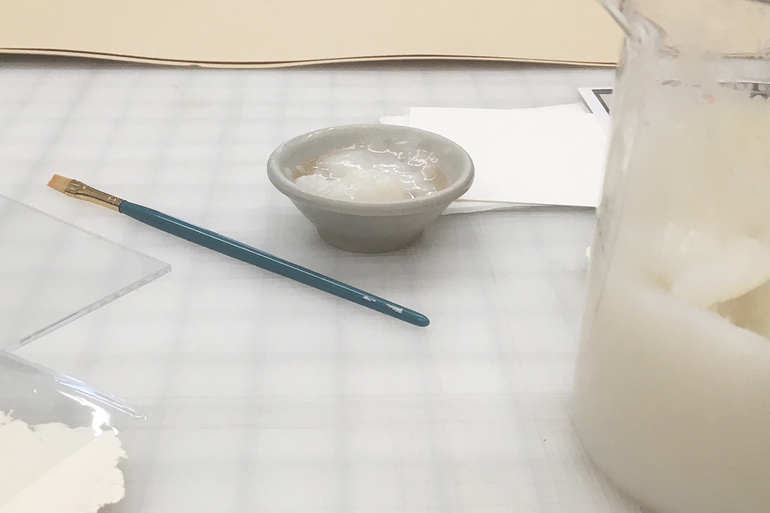
Pros and cons
Home glue is an excellent substitute for PVA. During its preparation, all stages are traceable. Thanks to this, you can be sure that the composition, unlike the industrial one, does not harm health.
The main advantages of a homemade product:
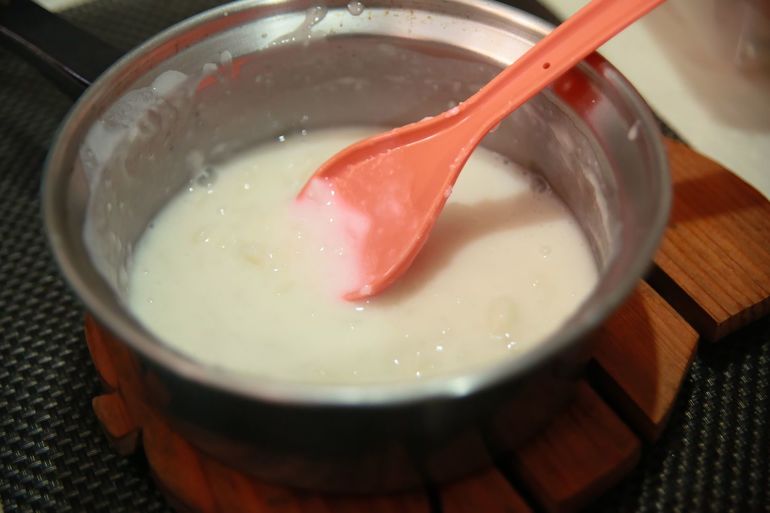
- A great alternative to an expensive product, low cost of components, which is equal to the price of starch and flour.
- Easy to cook, all the ingredients are always at hand.
- The mass is simple and practical to use.
- Wallpaper glued with such glue is easy to remove. To do this, moisten them with water, wait a bit and the coating leaves without a trace.
Not without, of course, and without cons. Among them, it is worth noting a short shelf life. Use the composition made by yourself, you need during the day, if it is stored at room temperature. In the refrigerator, the time is extended to three days, but no more.
To make a paste, you just need flour (rye or wheat) or starch. If you adhere to the recommendations on the choice of tools and components, then the mass at the outlet will turn out to be the most convenient for application. The main conditions:
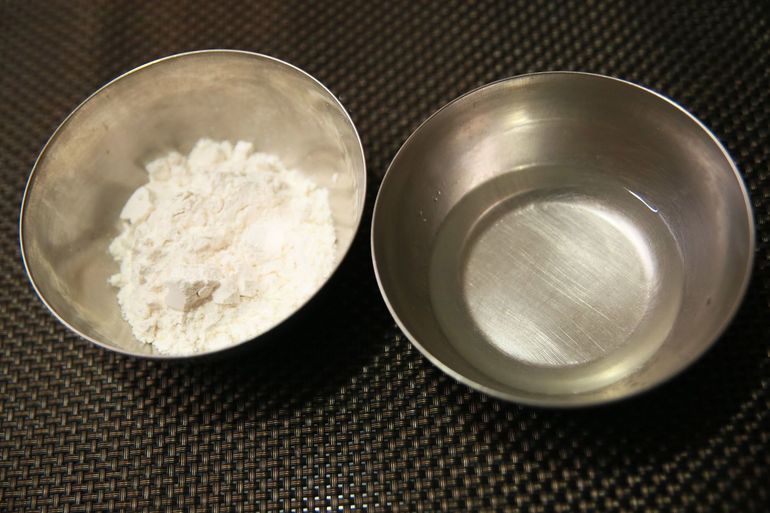
- The desired viscosity is given to the product with the lowest quality flour. Good glue will not work out of high-grade goods.
- Sieve must be sieved to get rid of lumps.
- For a uniform consistency, use a mixer. You can’t take a metal spoon, the pan should be non-stick.
Flour recipe
To make a paste from flour, you need to brew it, adhering to the proportion: one part of the loose product to two parts of water. First you need to heat the water, then quickly, but with a thin stream, add flour, constantly stirring with a wooden spatulaso that the mass does not burn. Cook the flour mixture for about 5 minutes at low heat, then remove and cool.
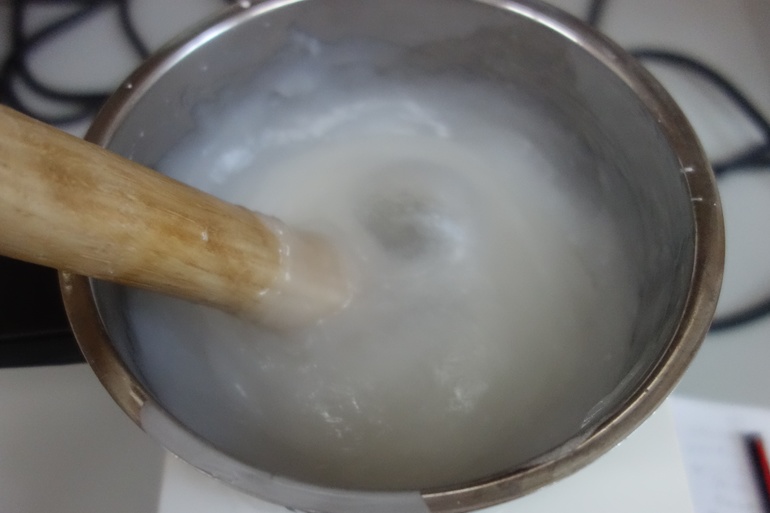
To do this, a mushy mixture of flour and water is made, put on the stove and heated over low heat until all the lumps disappear.
Such a home-made composition is suitable for wallpaper, and it can also be used to warm windows with paper strips smeared with glue.
For creative activities with a child, papier-mâché, creating applications, as well as gluing crafts, you can also cook a paste of flour. The recipe is as follows:
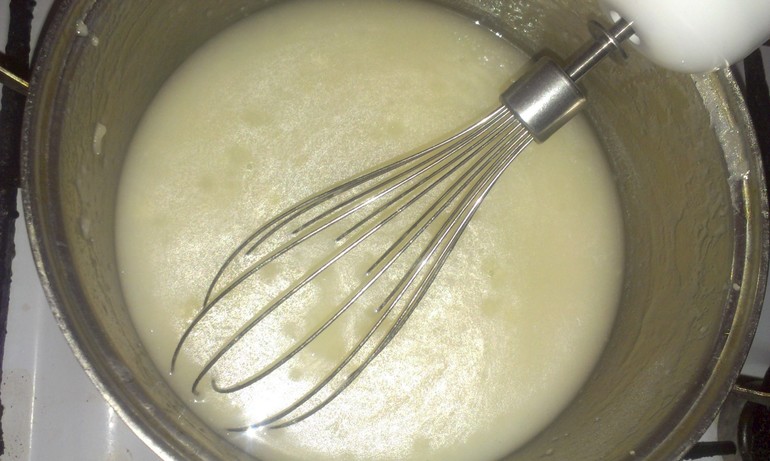
- Pour a glass of loose component into the pan.
- Add as much water and beat with a mixer until smooth.
- Pour another 400 ml of water with a stream without turning off the device.
- When all the lumps have dissolved, put the container on the fire and wait until it boils. As soon as the first bubbles appear, remove from the stove and cool.
Store in a tightly closed glass jar for no more than two days. The strength of paper products treated with such a mixture is guaranteed.
Starch paste
Starch is also used to make homemade glue. Its strength is similar to flour, the cooking method is similar. Recipe:
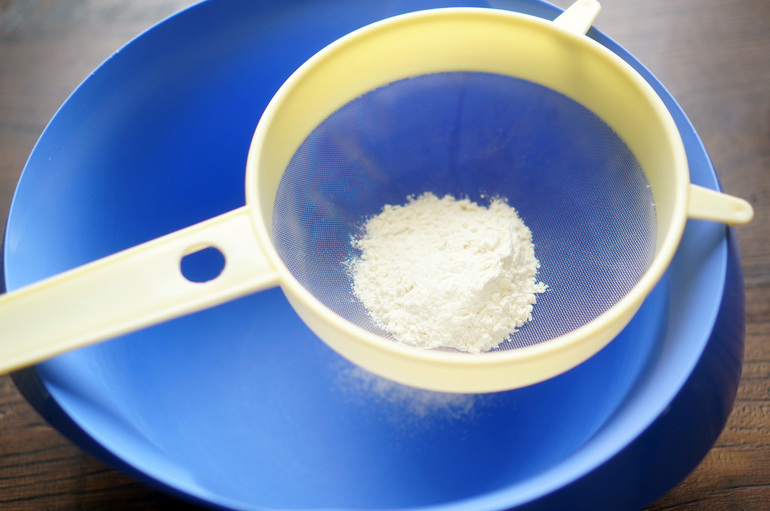
- Stir a tablespoon of bulk product in ten tablespoons of water.
- Add another 120 ml of liquid and beat with a hand blender.
- Put the composition in a water bath and let it boil.
- The mixture is ready for use in 10-12 hours.
It’s easy to cook the sticky mass at home, but you also need to use it correctly. It is worth considering that such a substance is not suitable for high-quality and dense wallpapers, only for medium-density paper products. The rye flour paste is dark and leaves yellow spots, so you do not need to use it for light wallpapers. If a composition is required to repel insects, then a little karbofos is added to it.
Home glue is cheap, protects against poisoning, good for repair and creativity.


Alas, no comments yet. Be the first!